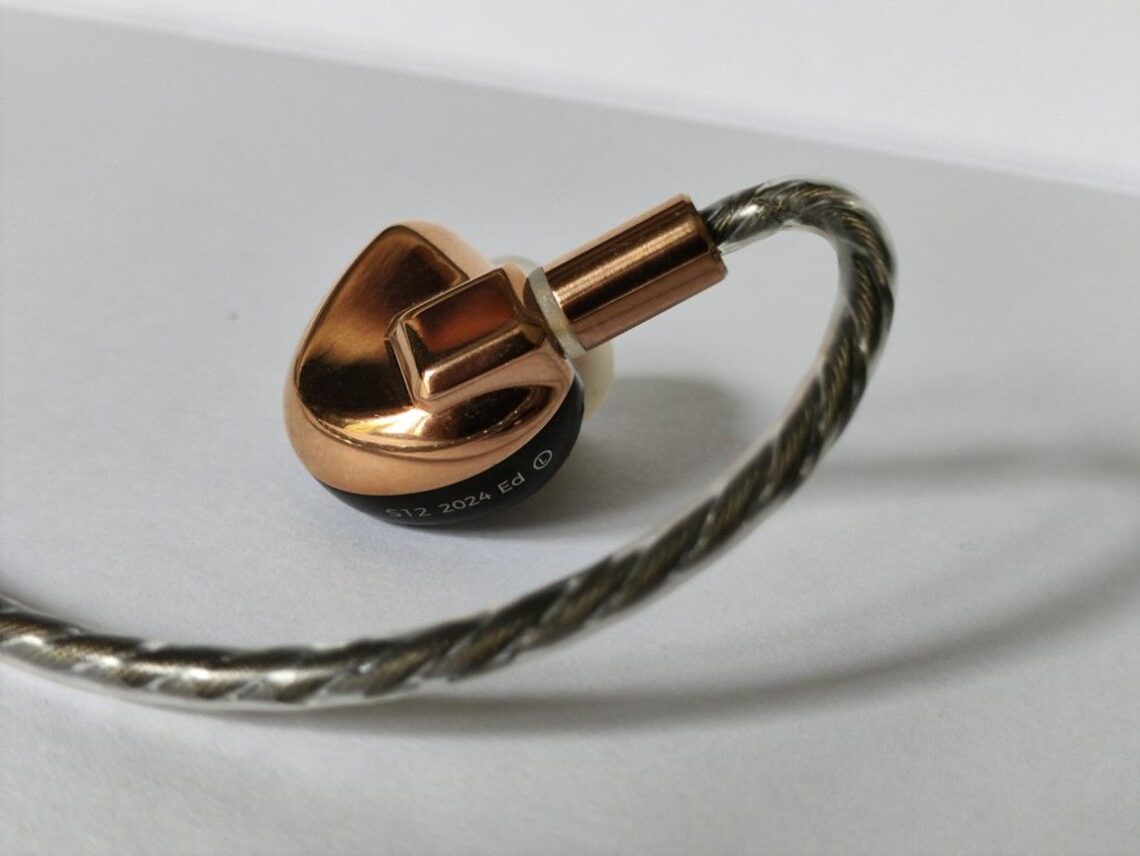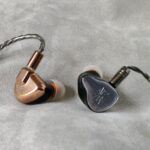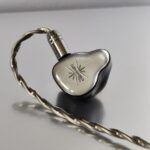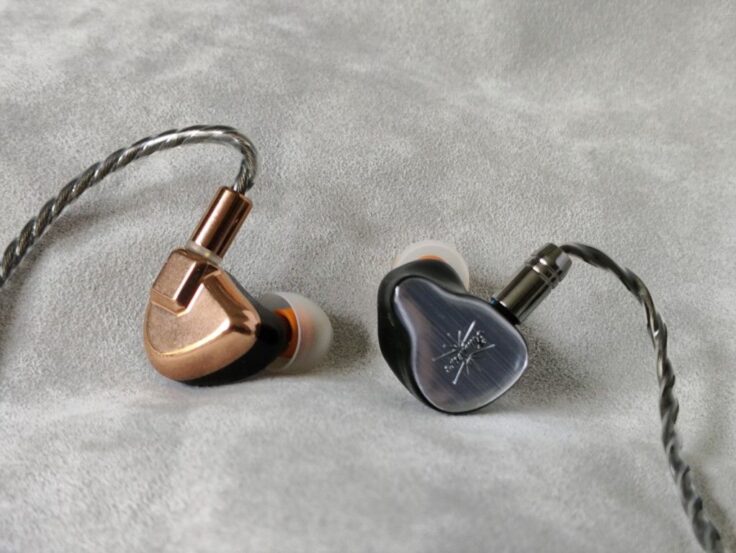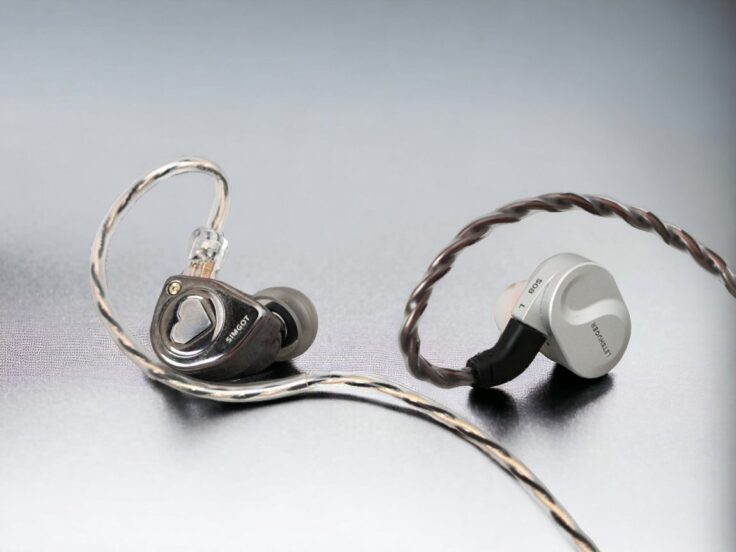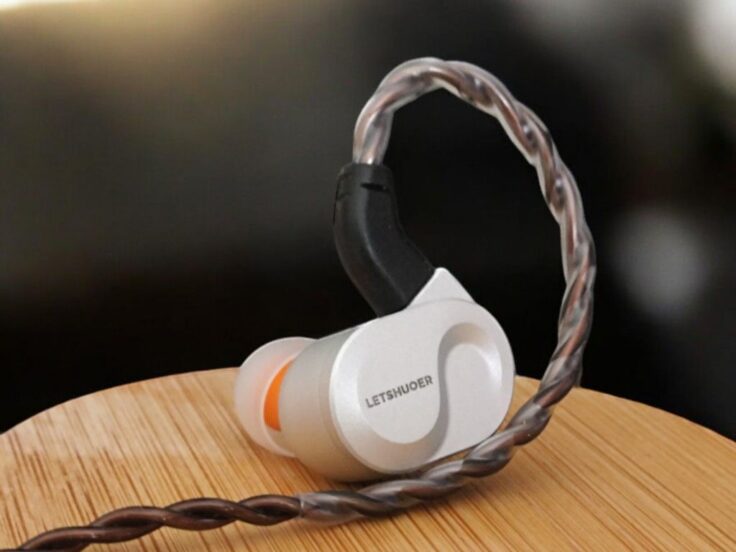The Letshuor S12 PRO has long been a benchmark for affordable planar magnetic single-driver in-ear monitors. It features a large 14.8mm driver and is especially celebrated for delivering exceptional bass performance.
You can read my full review of the S12 PRO here.
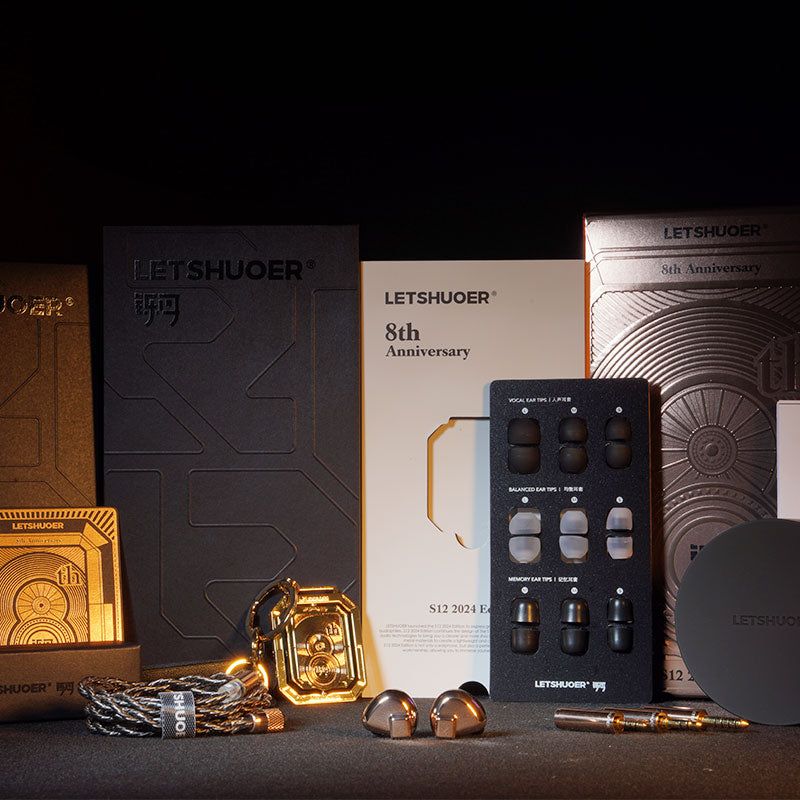
In celebration of the S12’s success and Letshuoer’s eight-year anniversary, they have introduced a Limited Edition model called the S12 2024, of which is made 2,024 units. This version features a different tuning than the original, though it retains the same 14.8mm planar magnetic driver.
The CNC-machined housing has a striking golden finish and is crafted from titanium alloy, an upgrade from the aluminum alloy of the original. The cable basically remains the same, with 392 strands of silver-plated oxygen-free copper, but it comes in a new, dark color in order to match the golden earphones.
The normal S12 PRO has a MSRP of $135; the Limited Edition is priced at $199.
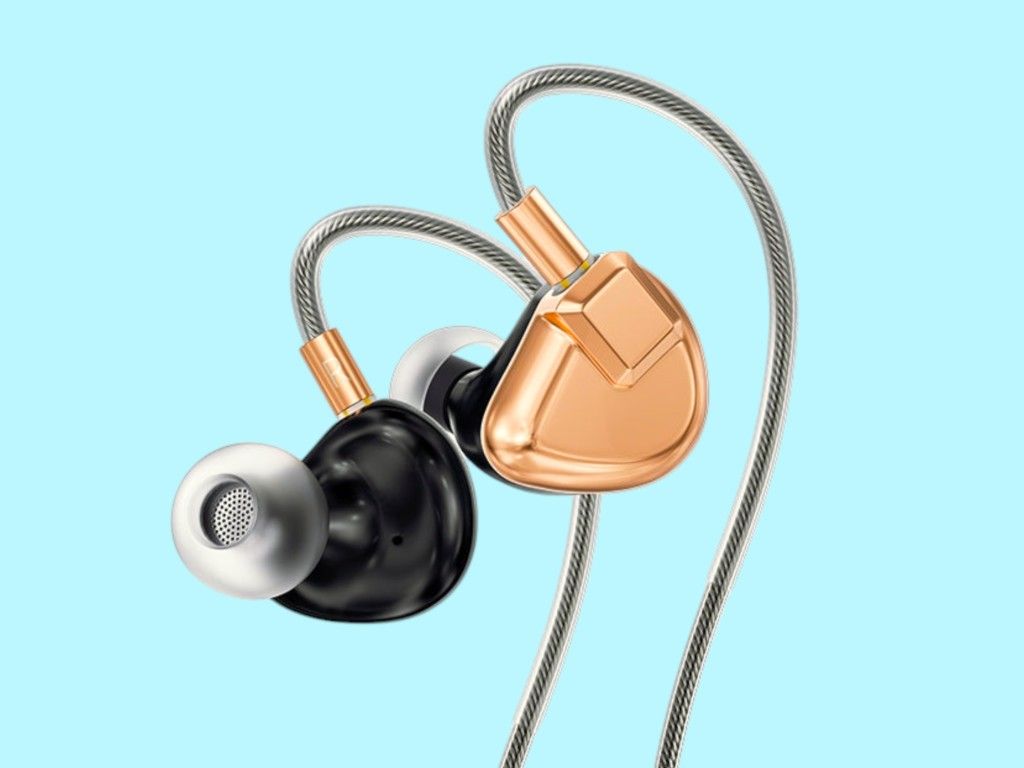
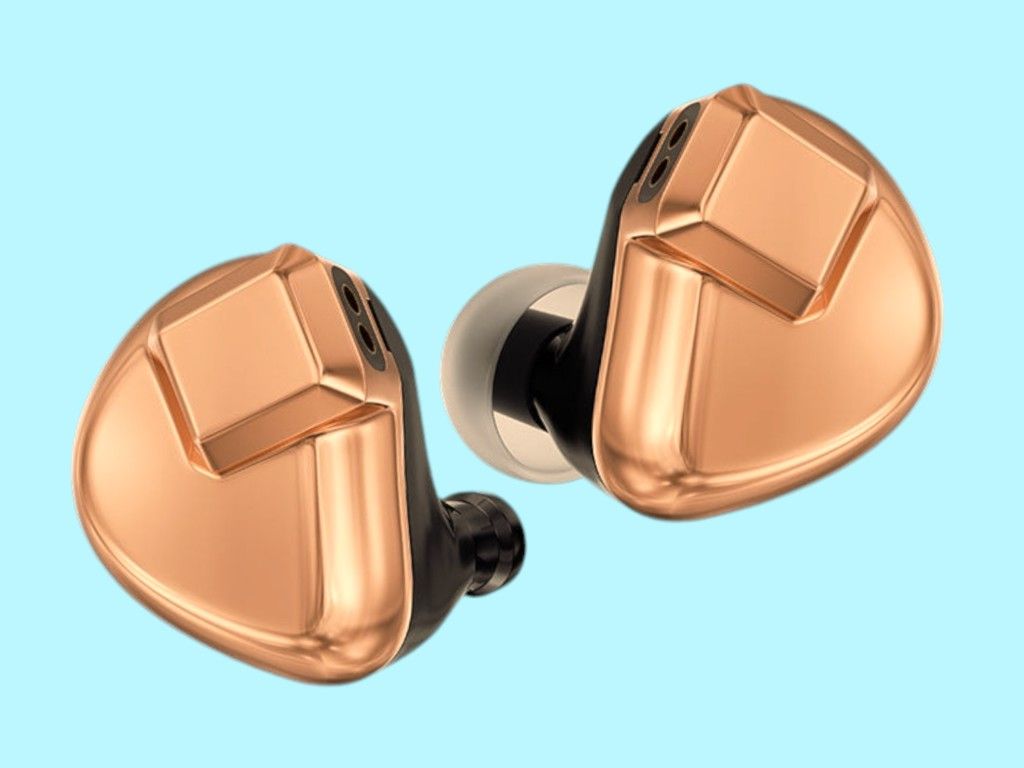
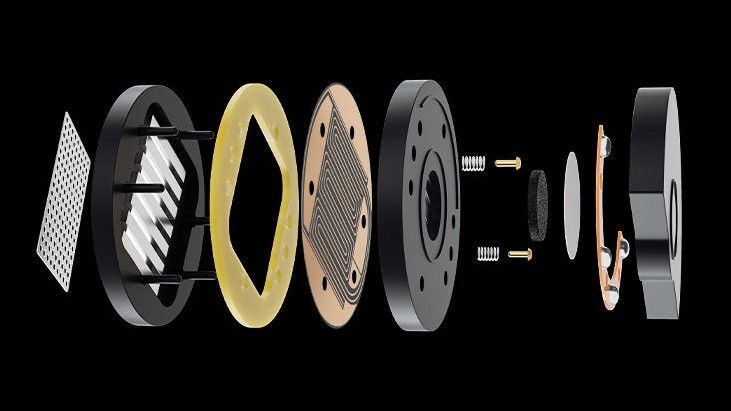
LETSHOUR S12 2024 SPECIFICATIONS
- Driver: 14.8mm planar-magnetic driver
- Impedance: 16Ω±1Ω
- Sensitivity: 102dB
- Frequency Response: 20Hz – 20KHz
- Connector IEM: 0.78 dual pin
- Cable termination: 2.5mm / 3.5mm / 4.4mm interchangable
- Cable: 392-strand silver-plated monocrystalline copper
- Chassis: CNC machined titanium alloy
Check the current price here:
Disclaimer: The review unit was generously provided by Letshuoer for an honest and unbiased evaluation. Affiliate links are used to help support our work, but commissions are earned regardless of which product is purchased through those links.

LISTENING IMPRESSIONS
Associated equipment: I used the Topping A90 as an amplifier and the RME ADI-2 DAC FS as a source. The S12 2024 had the Spinfit CP145 tips mounted.
Here are my track-by-track impressions:
Module 55 by Nik Bärtsch
The S12 SE is spacious and very well balanced. It’s airy and detailed; the treble is clean and quite organic; the saxophone and piano are textured but not dry sounding. The bass is tight and present.
Georgia Lee by Tom Waits
Waits’ highly textured and present vocals stand out in the mix, but I also find the S12 2024 to give a very nice rendition of ambient background sounds, which this track has lots of.
Graceful Touch by Tord Gustavsen Trio
The presentation is very well balanced, with great detail. The midrange is present but neither overly warm nor dry. The treble has a nice organic liquid touch.
Merciful by Molvær and Endresen
The vocals are textured and delicate, but slightly less dynamic than I’d prefer. The sibilance on the vocals is apparent but not bothersome.
Midnight City by M83
This quite busy and complex indie-pop track is handled nicely; nothing stands out. It feels very neutral, with a slightly dry tonality.
Sit Down, Stand Up by Radiohead
Again, a balanced, neutral sounding presentation. The treble comes off as very clean. The soundstage is quite large and open-sounding, with nice layering.
Rambling Man by Laura Marling
The vocals are neutral, nicely textured, and nuanced, neither warm nor dry. It’s nicely separated from the guitars and percussion. The soundstage is again very open.
Sunrise by Norah Jones
Jones’ vocals are very present, textured, and intense. Otherwise, it’s a balanced and spacious rendition.
Jambi by Tool
The guitars have a great texture to them. The bass is very tight and well defined. Vocals are slightly polite, but sibilance is never an issue, which often can be a problem with many earphones.
Summer 3 Vivaldi Recomposed by Max Richter
The tonality is neither dark nor very bright, it feels quite neutral. The strings have presence and texture. The image depth isn’t the best I have heard, but the soundstage is wide and open.
Young Vivaldi Violin Concerto RV 820 III by Modo Antiquo
Again, it’s a pretty neutral presentation, the sound stage is open, and the strings are rendered of lots of texture.
Maple Noise by Greene Serene
This track is extremely dynamic, and the S12 2024 doesn’t disappoint. The percussion isn’t too crisp, and the bass is highly detailed.
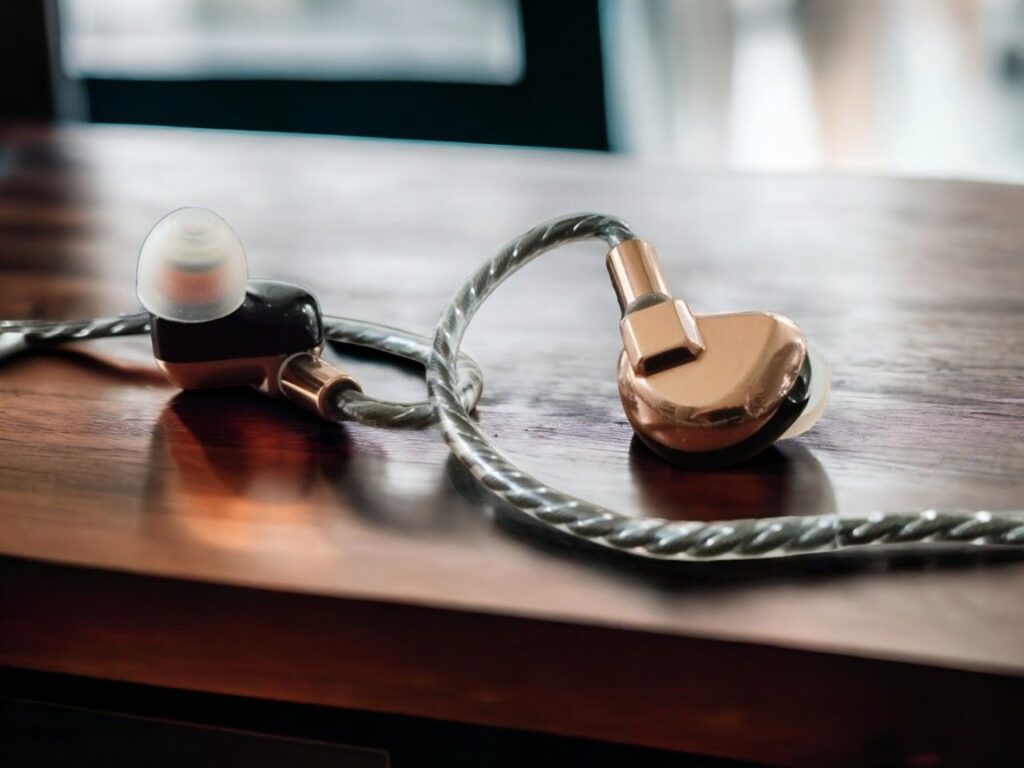
WRAPPING IT UP
Sound Signature
The sound signature is very neutral and the frequency response is, subjectively speaking, experienced as very even and balanced: Nothing standing out over anything else.
Treble
The treble is very clean and has an organic sounding touch with a nice dose of liquidity. It is not the most dynamic and articulate, but it’s nicely present.
Midrange
The midrange is very neutral and strikes a great balance: it is not overly warm, it is not recessed, and it is not especially dry. It often delivers a highly textured sound, providing rich detail and clarity, but still manages to avoid sounding dry or sterile. It’s not highly dynamic, but focuses on neutrality without being overly colored or too clinical.
Bass
Like the midrange and treble, the bass is of neutral quantity. It’s relatively dynamic, but what stands out is the high level of detail and excellent definition.
Soundstage and Imaging
The soundstage is open, tall and wide. However, it’s not the deepest, and though instrument separation is good, it’s not class leading.
Detail, Dynamics, and Timbre
I find the detail level to be very high all along the frequency spectrum. The dynamics are not class leading but absolutely sufficient and the S12 SE certainly delivers the punch when needed. In terms of timbre, I find it more than anything very neutral, without sounding dry or clinical.
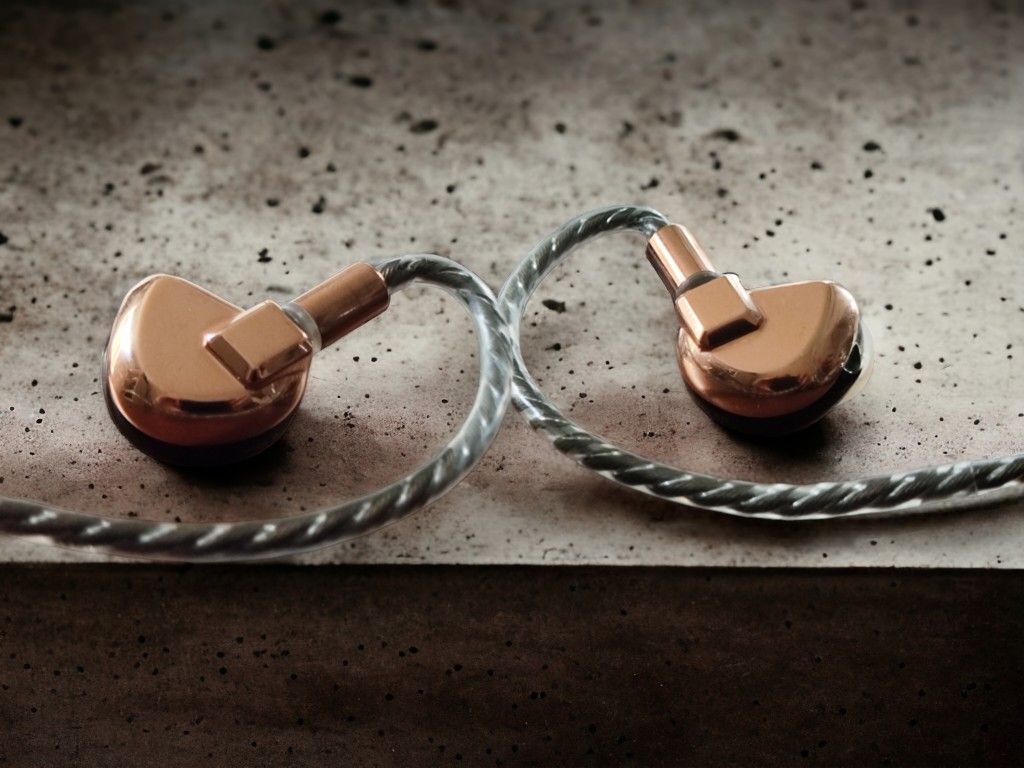
COMPARISONS
All comparisons were done using my desktop setup consisting of the Topping A90 amp and the RME ADI-2 DAC FS.
LETSHUOER S12 PRO vs. S12 2024
This is perhaps the most intriguing comparison. While both models use the same driver and share many similar characteristics, their sound signatures differ noticeably. The S12 LE offers a warmer, fuller, and smoother sound, whereas the S12 PRO delivers a crisper tonality with enhanced treble energy and reduced bass presence.
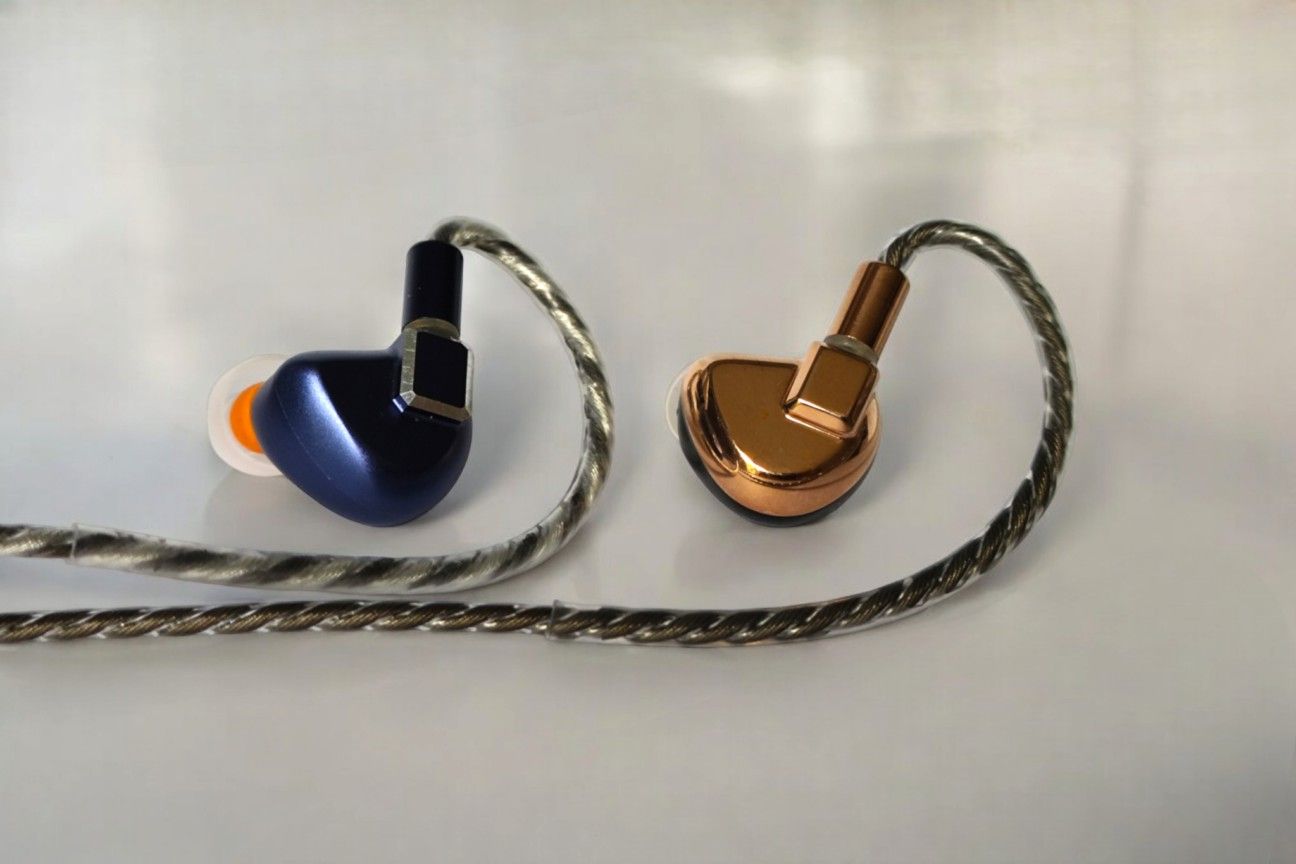
The treble is perhaps the most significant difference between the two. The S12 LE delivers a smoother, less crisp high end without sacrificing detail. Instead, it refines the raw, edgier treble of the S12 PRO, resulting in a more nuanced and controlled presentation.
The midrange of both models is quite similar, and the differences I notice can be attributed to variations in treble and bass presence rather than the midrange itself.
Both models share the same bass quality, but the S12 LE sounds warmer and slightly fuller. This could be due to its less crisp treble, which makes it easier to listen at higher volumes without fatigue.
In terms of soundstage and imaging, the two models are quite similar, with no significant differences. The level of detail is also comparable, which is expected. However, the S12 LE has a more refined sound, particularly in the treble. Both offer similar dynamics: while the S12 PRO has a more articulate treble, the S12 LE delivers punchier bass.
The tuning differences result in differences in timbre between the two. The S12 LE has a warmer, smoother, and more organic sound, giving it a more natural and relaxed feel compared to the S12 PRO.
Although both IEMs share the same foundation, Letshuoer’s tuning efforts have been highly effective, making the differences between them quite clear. While the S12 PRO has many strengths, its crisp treble and slightly dry tonality can sometimes feel less ideal. The S12 LE addresses these issues, enhancing the overall sound quality and essentially improving upon the S12 in every aspect.
KIWI EARS KE4 vs. S12 2024
The Kiwi Ears KE4 is priced at $199, the same as the S12 SE. This new hybrid driver IEM features a dual 10mm dynamic driver for the bass, a balanced armature driver for the mids and lower highs, and a dedicated balanced armature tweeter for the highest frequencies.
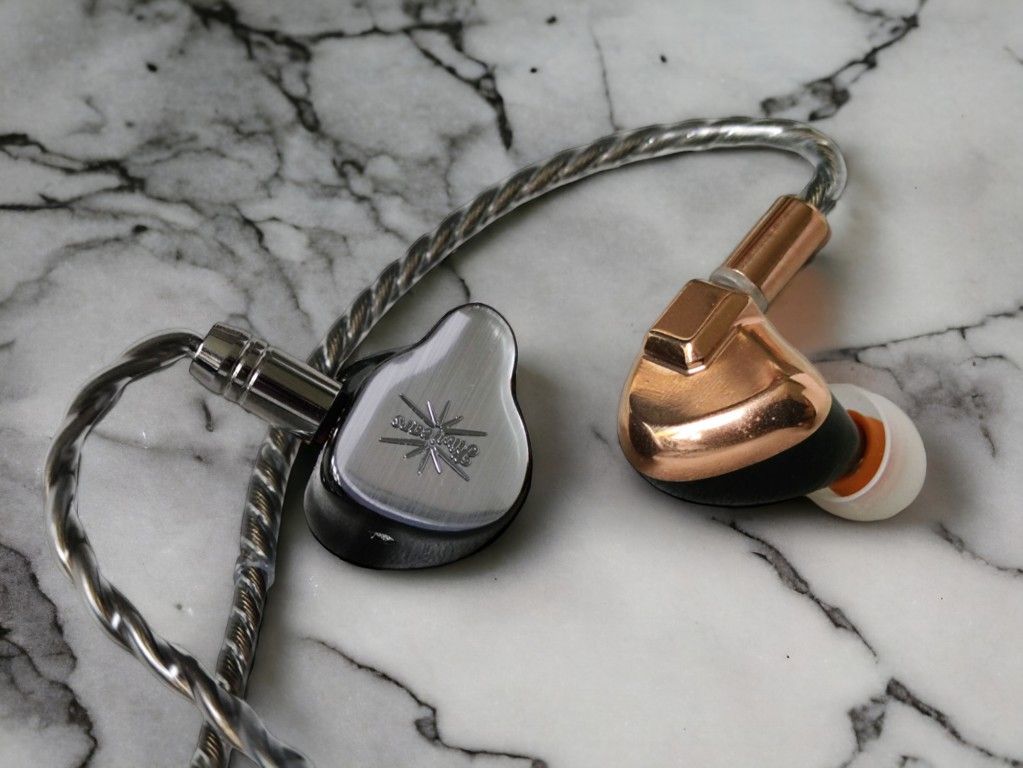
Both the Kiwi Ears KE4 and the S12 2024 are excellent earphones, each with distinct strengths. The KE4 delivers a warmer, lusher, and thicker sound, with a more intimate yet deeper soundstage. In contrast, the S12 2024 offers a more neutral, balanced presentation, with a wider and taller soundstage and a tighter, more controlled bass. I find them to provide comparable overall sound quality, but they cater to different preferences, with the Kiwi Ears KE4 being more colored.
My full comparison review can be found here.
- Linsoul: Kiwi Ears KE4
- Amazon: Kiwi Ears KE4
SIMGOT EA1000 vs. S12 2024
The Simgot EA1000 is a $219 single dynamic driver IEM that has garnered significant recognition since its launch.
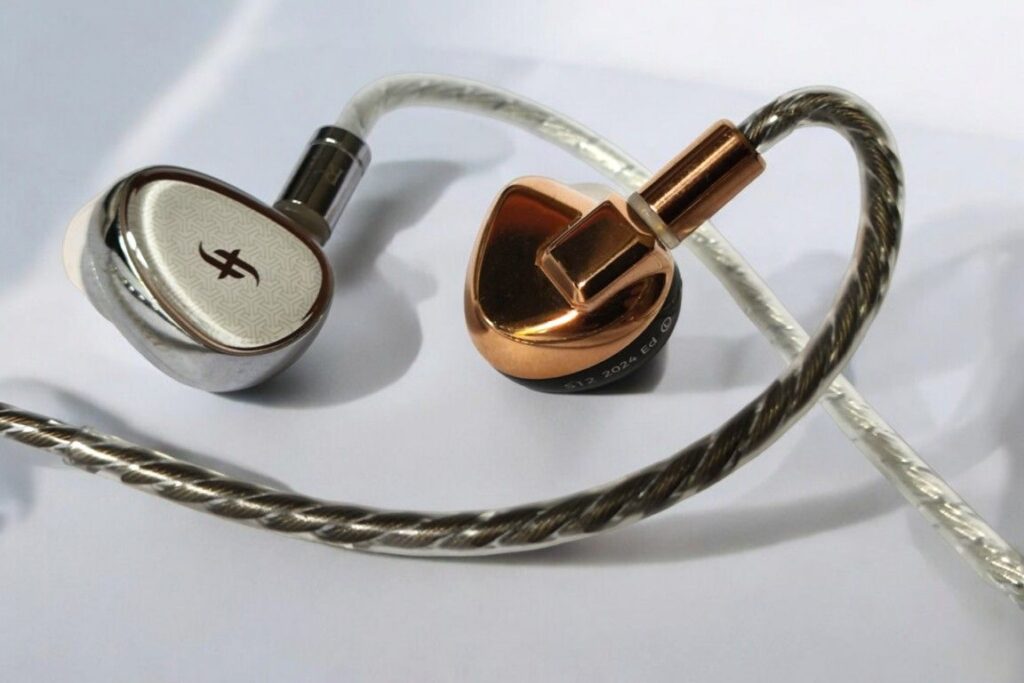
Where the S12 PRO and the EA1000 sounds rather different, the S12 SE and the EA1000 are remarkably similar, at least from my desktop setup. It is worth noting that the EA1000 is much more sensitive.
Even though the two IEMs sound quite similar, there are small differences. The EA1000 offers slightly better dynamics and imaging, while the S12 SE features tighter and better-defined bass.
- Linsoul: Simgot EA1000
- Amazon Simgot EA1000
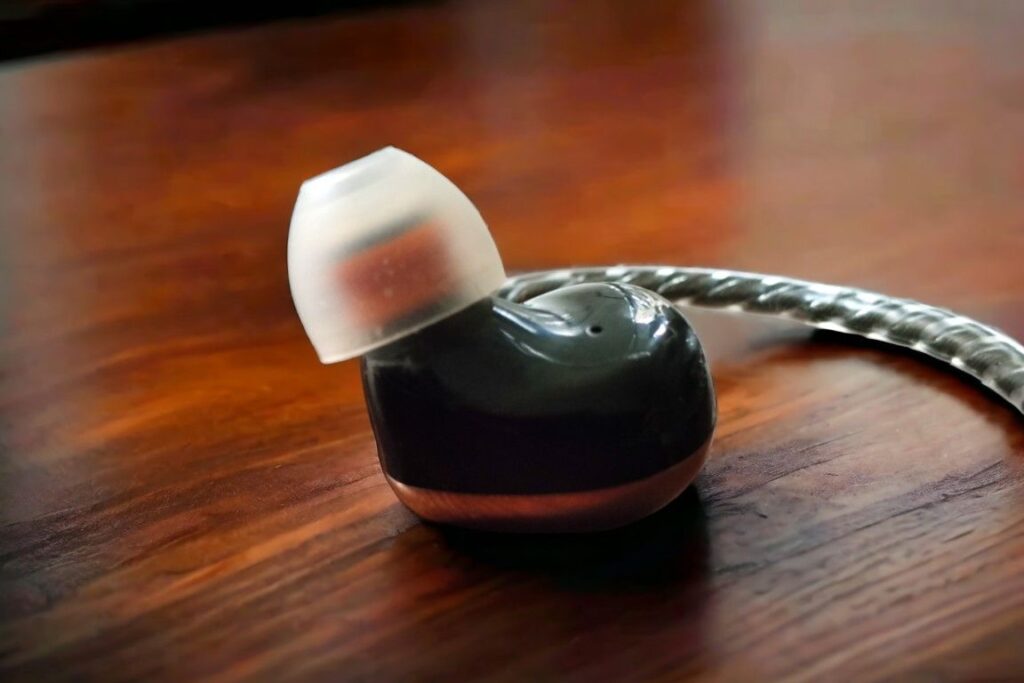
AMPLIFICATION
All listening tests so far have been conducted using my desktop setup. However, most users will likely pair the Letshuoer S12 2024 with portable amps and sources.
With Qobuz on my POCO F5 phone’s headphone output, it sounds quite good, but lacks the black background dynamics and finesse of my desktop rig. It stays in the 60–80% volume range.
The Jade/FiiO JA11 sounds better. Further, the FiiO KA3,, the Letshuoer DT03, and the xDuoo Link2 Bal sound quite good, but I feel they lack the power to bring out the absolute best. The THX Onyx and the Dragonfly Cobalt seem to do the job very well and are quite close to my desktop rig.
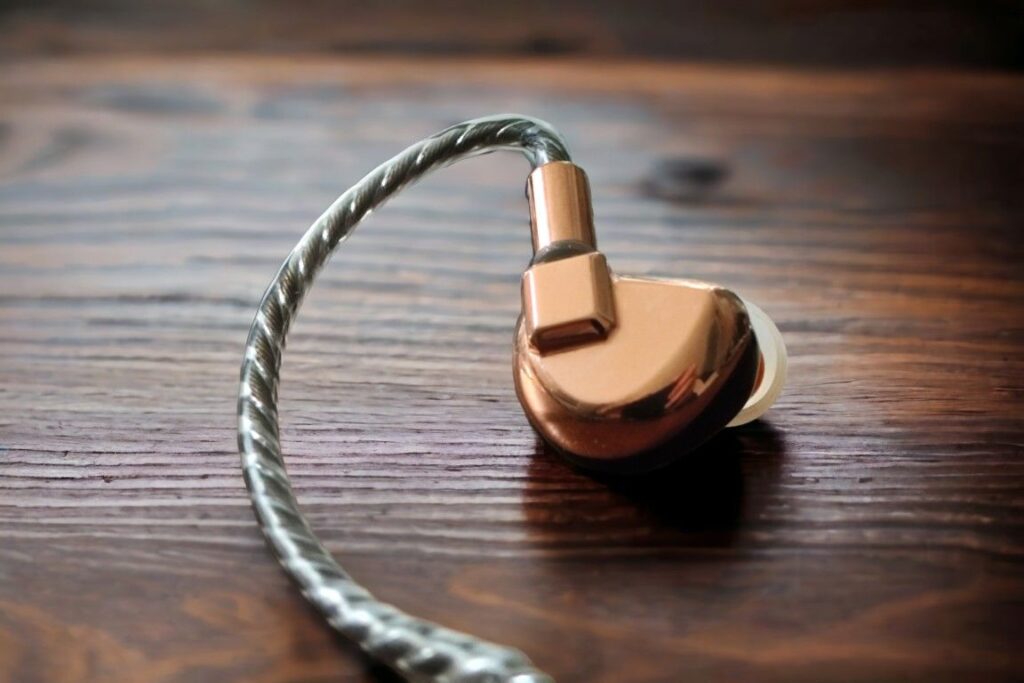
CONCLUSION
To my ears, the S12 SE is an upgrade over the S12 PRO in every aspect I found slightly problematic. It delivers a sound that’s simultaneously more forgiving and more nuanced.
Compared to other IEMs in the same price range it performed very well, and I certainly hope Letshuoer will apply this tuning to a future S12 model.
.
Thanks for reading. You can support us by purchasing anything from any of our affiliate links.
Any purchase you make on Amazon or Linsoul with any of our affiliate links will give us a small provision at no cost to you.
We only get a provision for items that are not returned, so there’s no incentive for us to recommend something that’s not good.
Linsoul : Headphones, Earbuds, Wireless Earbuds, Desktop DAC/AMP, Portable DAC/AMP, Digital Audio Players,
Amazon: Headphones, IEMs, Headphone Amplifiers, Home Audio or Anything else.
.
If you enjoyed this article or other content on The Headphoneer, you might consider leaving a small donation to keep this website up and running. No donation is too small. Thanks for supporting us!
If you like our work please follow us on Instagram, Facebook and Twitter , it will help us grow. Sharing is caring 🙂


